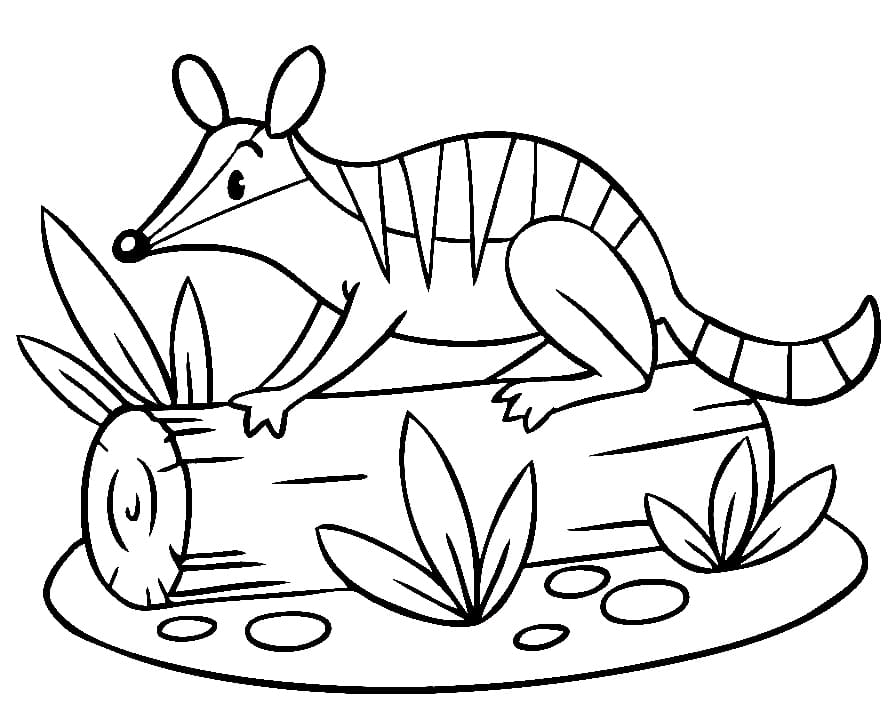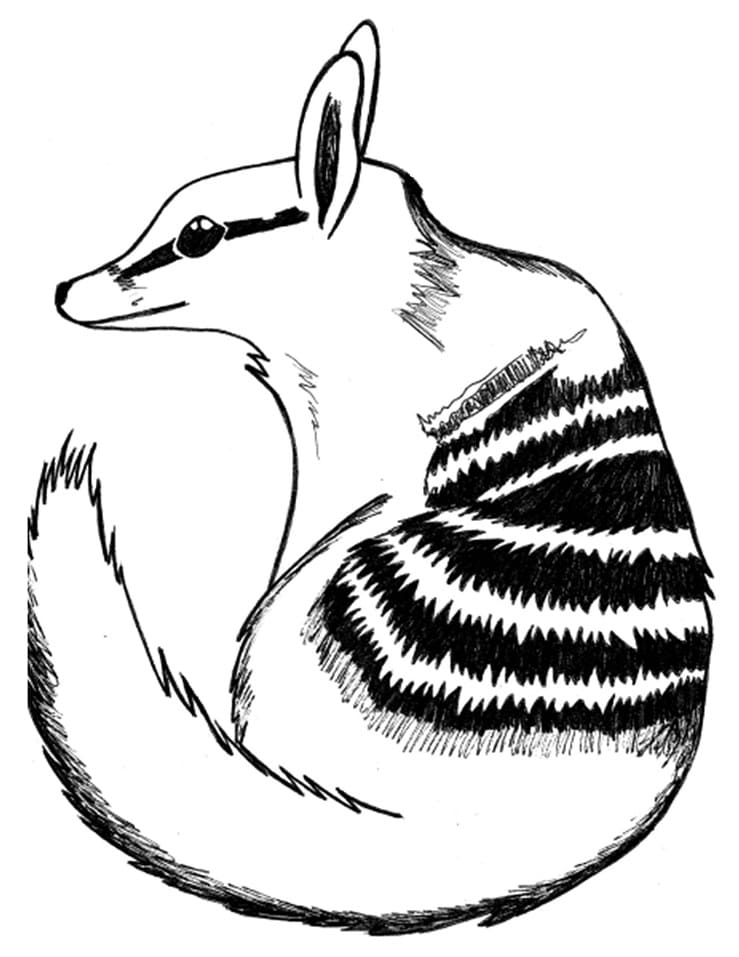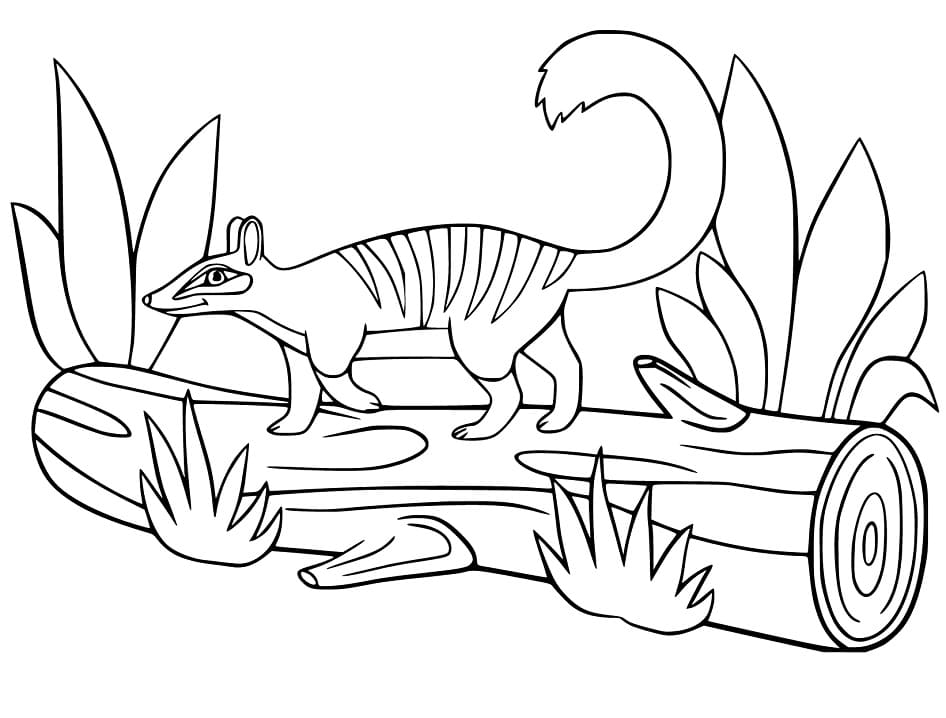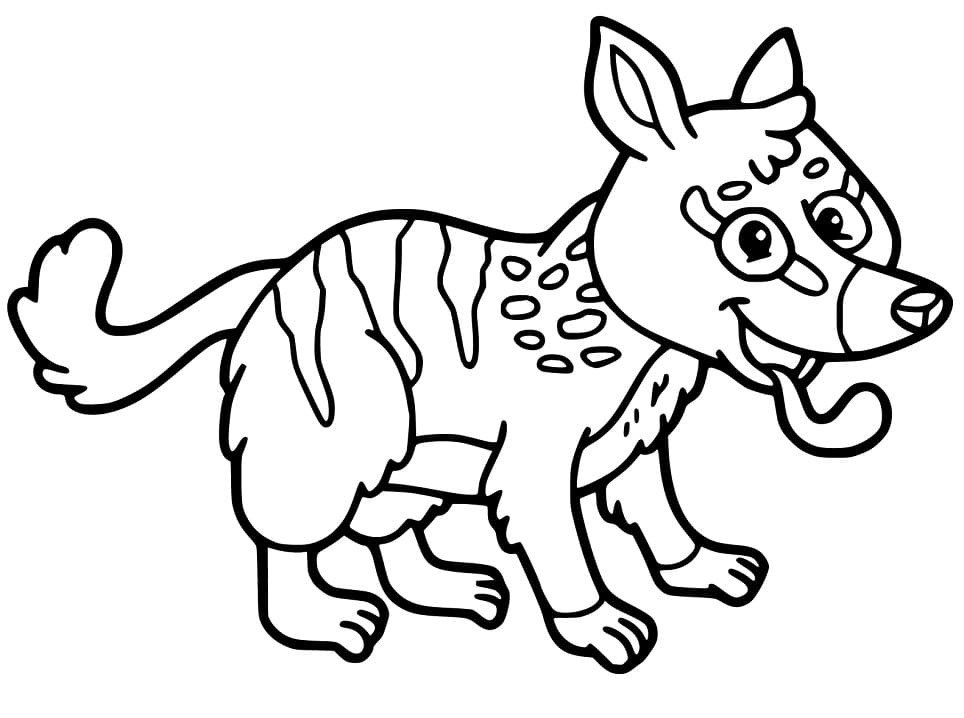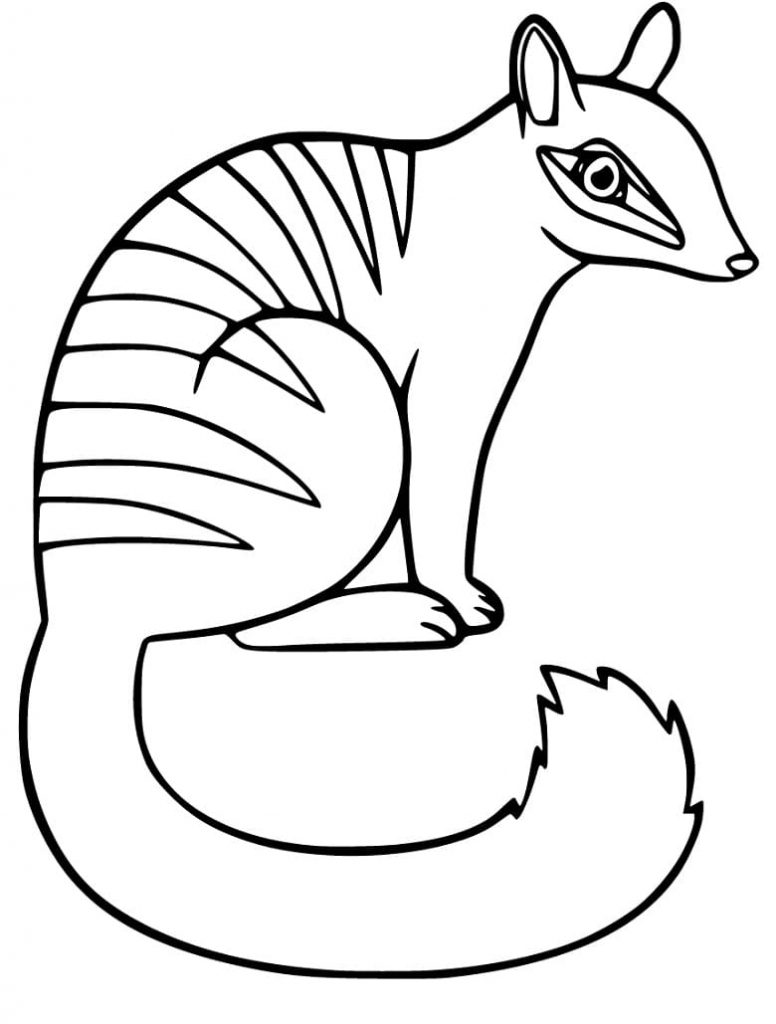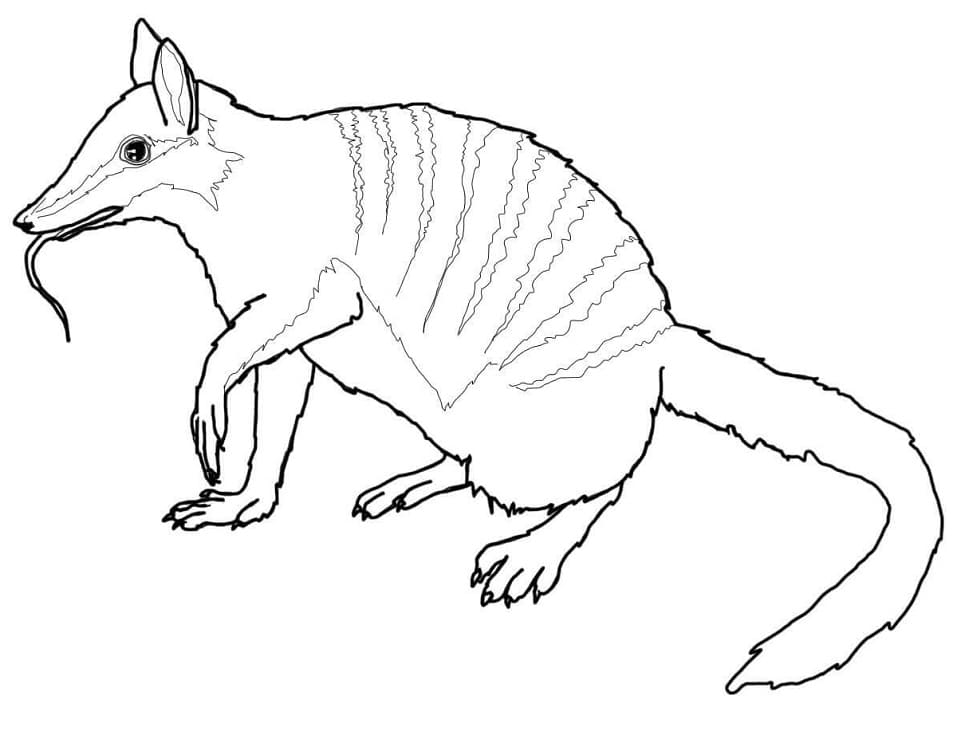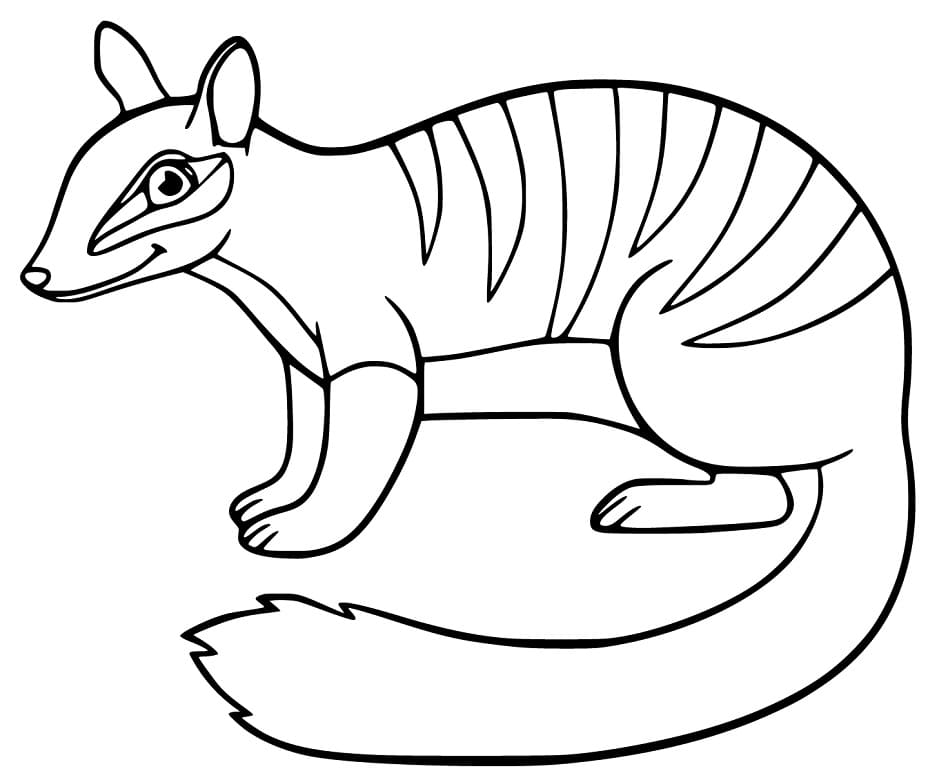The Numbat (Myrmecobius fasciatus), also known as the banded anteater (striped anteater), is a small, predatory mammal that lives in Australia.
Numbat - interesting facts and information
- Appearance: Numbat is a small mammal, measuring between 35 and 45 centimeters in length, including the tail, which can measure between 12 and 21 centimeters. Numbat weights typically range from 280 to 700 grams. They have distinctive mottled fur with prominent transverse stripes on their backs and tails. They also have long, pointed nostrils and small eyes.
- Diet: Numbat is one of the few mammals that are almost exclusively anteater. It feeds on termites, using its long, sticky tongue to extract them from anthills. Numbat can eat up to 20,000 termites a day.
- Behavior: Numbats are mainly diurnal animals, most active during the day when the termites on which they feed are most active. They are solitary animals, except for the mother and her young.
- Reproduction: Numbats give birth to one to four young after about 14 days of gestation. Numbat cubs are carried on the mother's belly, where they are attached to her nipples.
- Distribution and habitat: Numbat is endemic to Australia and can be found in dry, open forests and shrubby areas.
- Threats: Numbat is considered an endangered species. The main threats to the numbat are habitat loss due to deforestation and predation by introduced species such as foxes and cats.
The numbat is one of the few mammals that are almost exclusively anteater, and its distinctive stripes make it one of the most recognizable animals in Australia. Despite its small size, the numbat plays a key role in the ecosystem, controlling the termite population.


